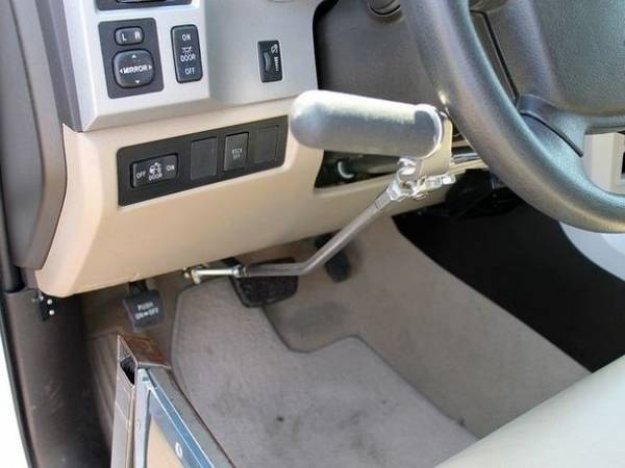How Steering Devices Help the Disabled Driver
Steering devices can spell the difference between being a driver and being a passenger for many disabled individuals. The fact that one cannot adequately use “stock” steering equipment is not proof that he or she will be unable to act as a safe driver. With the right modifications, it is possible to increase accessibility.
The steering mechanisms that accompany vehicles “right off the assembly line” will not always work for disabled drivers. In some cases, the driver’s mobility is restricted to the point where placing his or her hands on the wheel just is not a credible way to navigate the vehicle. In other cases, the driver may have adequate mobility to operate the wheel, but not enough strength to safely steer.
As a result of those limitations, accessibility experts have developed a number of modifications. Those who lack the range of motion necessary to drive are able to use joystick-like tools and other devices to make driving easier. Those for whom operating a traditional steering wheel is simply too strength-intensive may find relief in the form of low-effort or zero-effort adjustments to the vehicle’s steering system. These modifications involve re-working the vehicle’s power steering system so that it requires less effort to turn or otherwise steer.
The right adjustments can dramatically improve accessibility. They allow people who otherwise would not be able to drive to take to the highways. However, they are not measures to be taken lightly. Obviously, one’s ability to steer is at the root of driving safety. The well-being of the driver, his or her passengers and other motorists on the road are all at stake.
That is why steering device installation and modifications to steering systems must be left to qualified installation experts. Experienced conversion professionals should handle the job–it is not a matter for do-it-yourselfers.
Steering devices can help some disabled drivers. In other cases, they are absolutely essential to allowing someone to drive. They also remind us that an inability to use “stock” equipment is not proof of an inability to drive. With the correct modifications, it is possible for many disabled individuals to drive and steer safely. This provides them with greater accessibility and freedom without jeopardizing anyone’s well-being. If you are capable of driving–but simply cannot handle your vehicle “as is,” you should consult with a qualified conversion pro. A new specialty steering device could get you back behind the wheel.

















